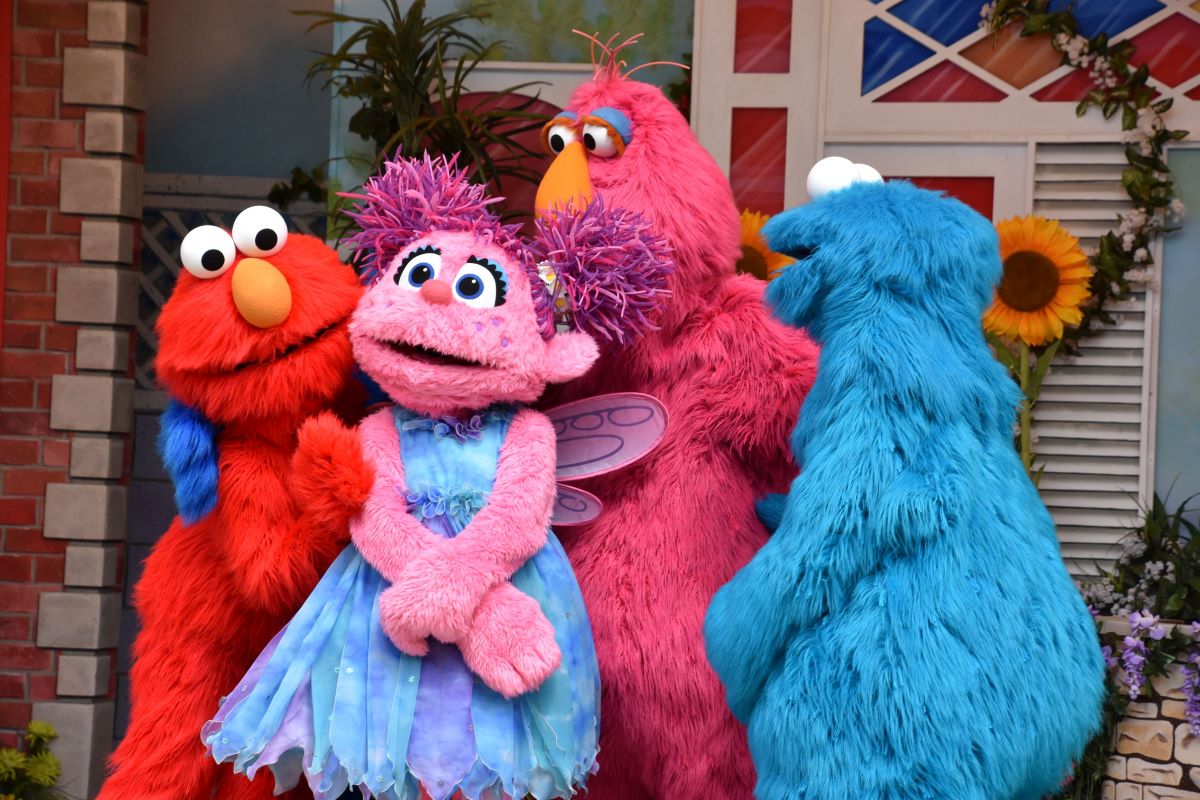Timeless writing lessons from ‘Sesame Street’
The beloved children’s show keeps going strong after 50 years–and continues to offer a masterclass in tidy storytelling.

The creators of “Sesame Street” knew that the Muppet chickens were always good for a laugh. Apparently, the show had a rule of thumb: “When in doubt, throw a chicken.”
But the program isn’t just about being funny or clever. The show has always aimed to reach both children and their parents. A 2010 interview with the head writer, Joseph Mazzarino, explains:
“There’s no better way for the child to get the concepts we’re giving them than when they’re sitting down with their parents, watching.”
Some of the musical parodies are a natural. “Bruce Stringbean” sings Born To Add. “The Beetles” sing Letter B. Feist sings a version of her own 1,2,3,4, adding “monsters walking cross the floor.” You’ll find lots more on the Sesame Street YouTube channel, which now has 3,108 videos, 20.6 million subscribers and 17.7 billion views.
“Sesame Street” is also among the Writers Guild of America’s 101 best-written TV series (at #56; The Sopranos is #1). As the Writers Guild puts it, “the show’s continual inventiveness and impact as an educational tool forged via the runaway popularity of the Muppets changed the landscape of children’s television.”
So what can writers take away from “Sesame Street”? Try these seven tips:
1. Know your audience. What’s important to your readers/viewers? What do they already know? How short is their attention span (hint: VERY short), and how quickly can you make your point?
2. Be clear about what you need to get across, and focus on that. Sharing too many points will water down your message, and probably bore your reader/viewer. What one thing do you want people to remember?
3. Tell a story to make it memorable. We’re more likely to remember a fact, a number or a summary when it has been wrapped in a story.
4. Keep it easy to read and understand. You may not have children reading your work, but you will have people with little time to read. Help them out by getting to the point. No one will complain that you’ve made it too easy to understand.
5. Keep it short. Who has time or patience for long introductions, long paragraphs, long sentences, long words?
6. Think about references to pop culture as a way to capture attention or make a connection. You could echo the words of a song, reflect current television shows or parody an ad (think of Grover as the Old Spice guy in Smell Like a Monster – a classic!).
7. Don’t be afraid to be silly or play with words. You may not be able to follow the Sesame Street chicken rule, but surely you can lighten it up, right?
What have you learned from “Sesame Street” or other shows you love?
Sue Horner is president of Get It Write. Read more of Sue’s work on the The Red Jacket Diaries blog.






